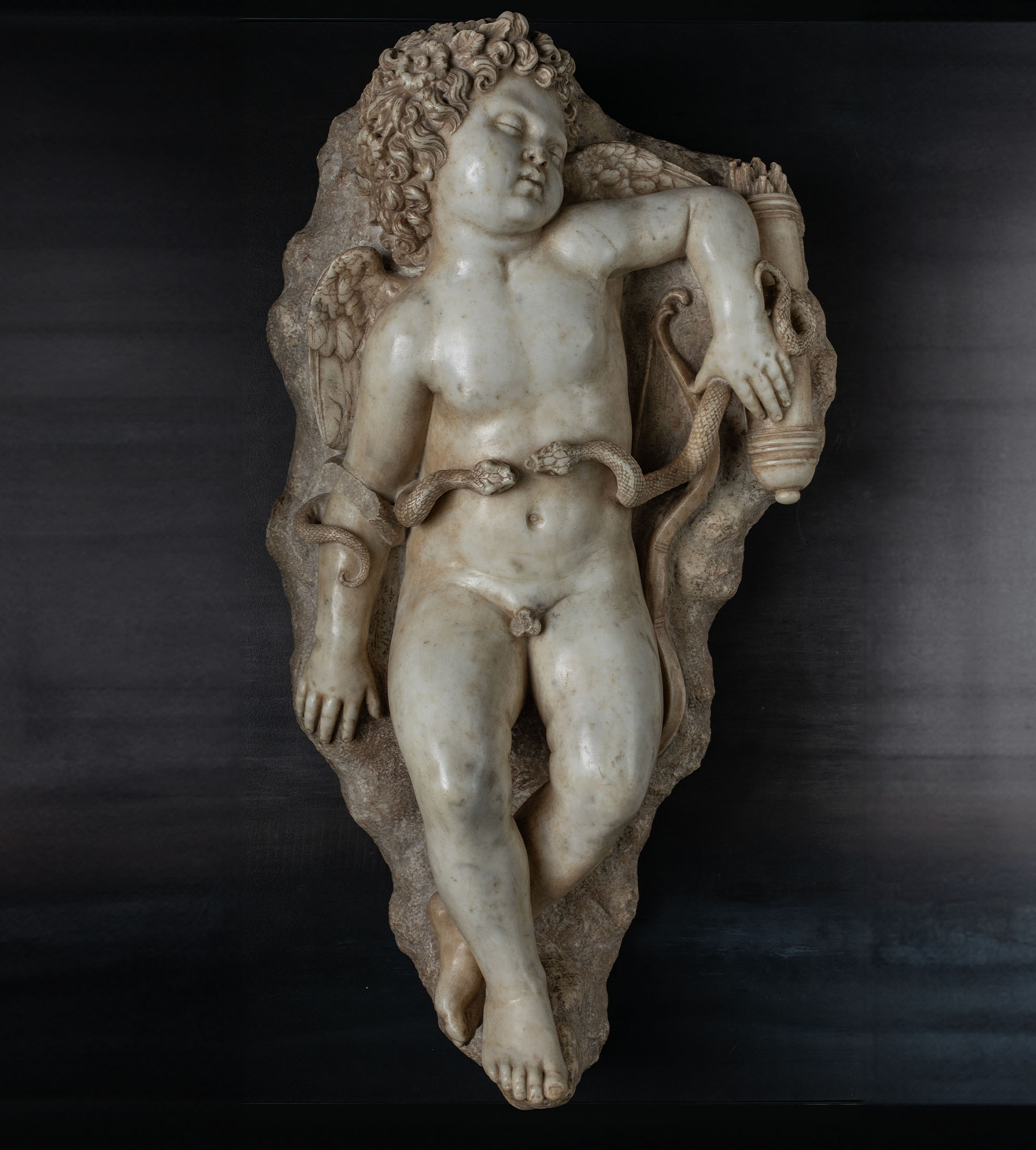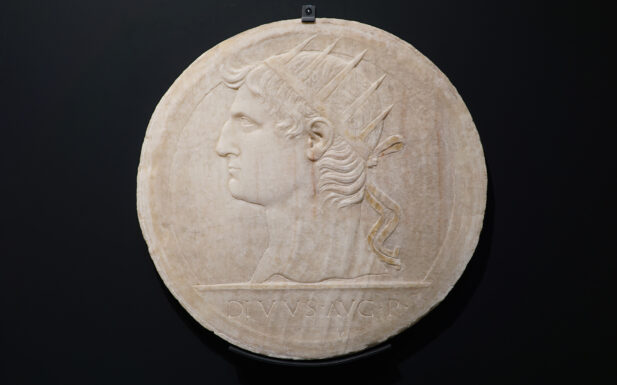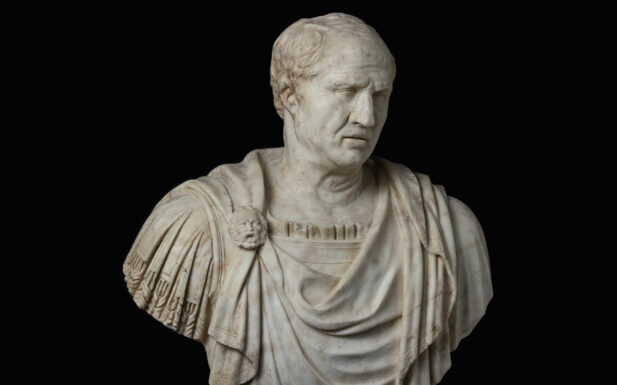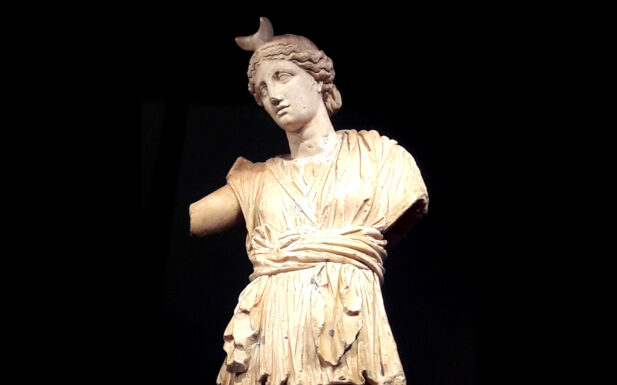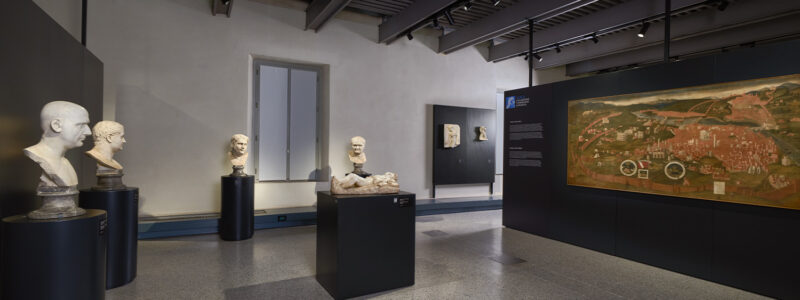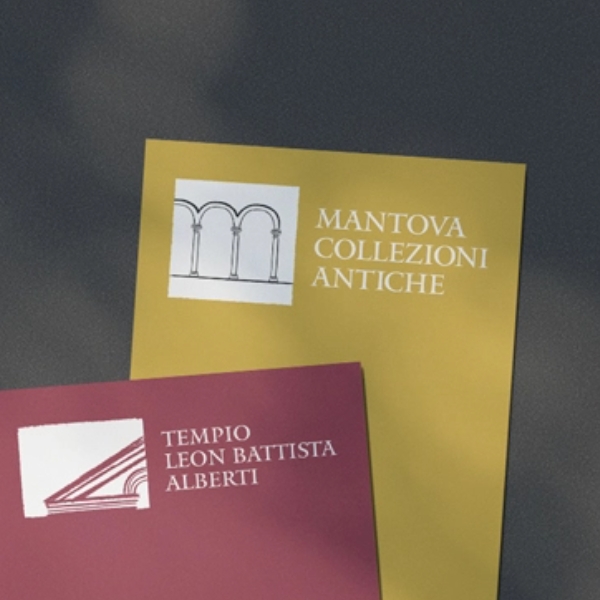The marvellous marble sculpture represents a young sleeping Cupid.
A number of attributes identify him: the bow and quiver with arrows with which he pierces ordinary mortals and gods alike, instilling in them an irresistible desire for love. The wings, peeping over his shoulders, are a symbol of his divine nature but also of his fickleness. Between his voluminous curls he wears a crown of roses, a flower associated with Venus, the mother of Cupid. This presence is one of the first indications of the duplicity of the feeling to which Cupid refers, the love that can be a cause of pleasure but at the same time a harbinger of pain, like the rose with thorns. The presence of the two serpents that threaten the peaceful sleep of passion in which Cupid indulges is linked to the theme of the duplicity of the feeling of love. Indeed, snakes refer to the transient and deceptive nature of love. The sculpture is first mentioned by Alessandro Lamo in 1582, who tells of the presence of a ‘Cupid of the finest antique marble’ in the collection of Vespasiano Gonzaga, in the Room of the Myths of the Garden Palace in Sabbioneta. In 1774, when the marble was transferred to Mantua, it was correctly identified as a Renaissance work. The latest studies attribute it to Giovanni Battista Dalla Porta who had direct contact with Vespasiano Gonzaga. The iconography of Cupid knew great fortune during the Renaissance, so much so that even in Isabella d’Este’s collection there were two examples of the sleeping cupid: one made in 1496 by Michelangelo and the other attributed to Praxiteles, whose work we have lost track of to this day.
16th century
Carrara marble

